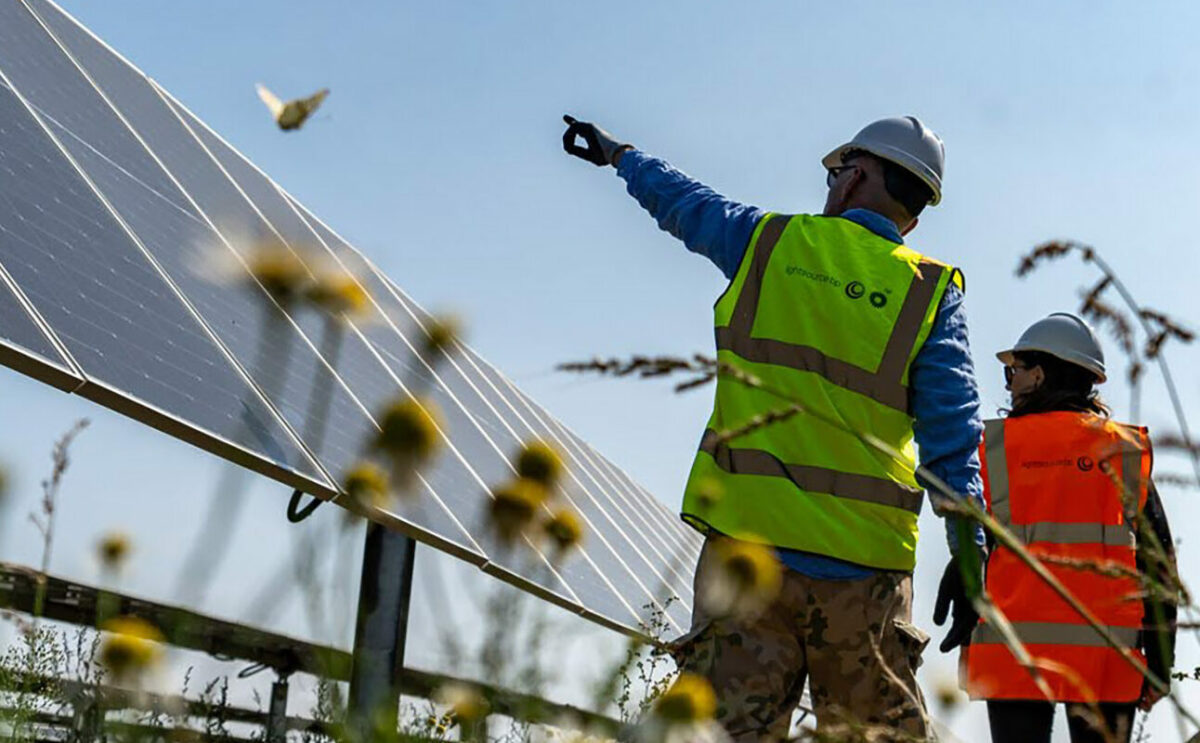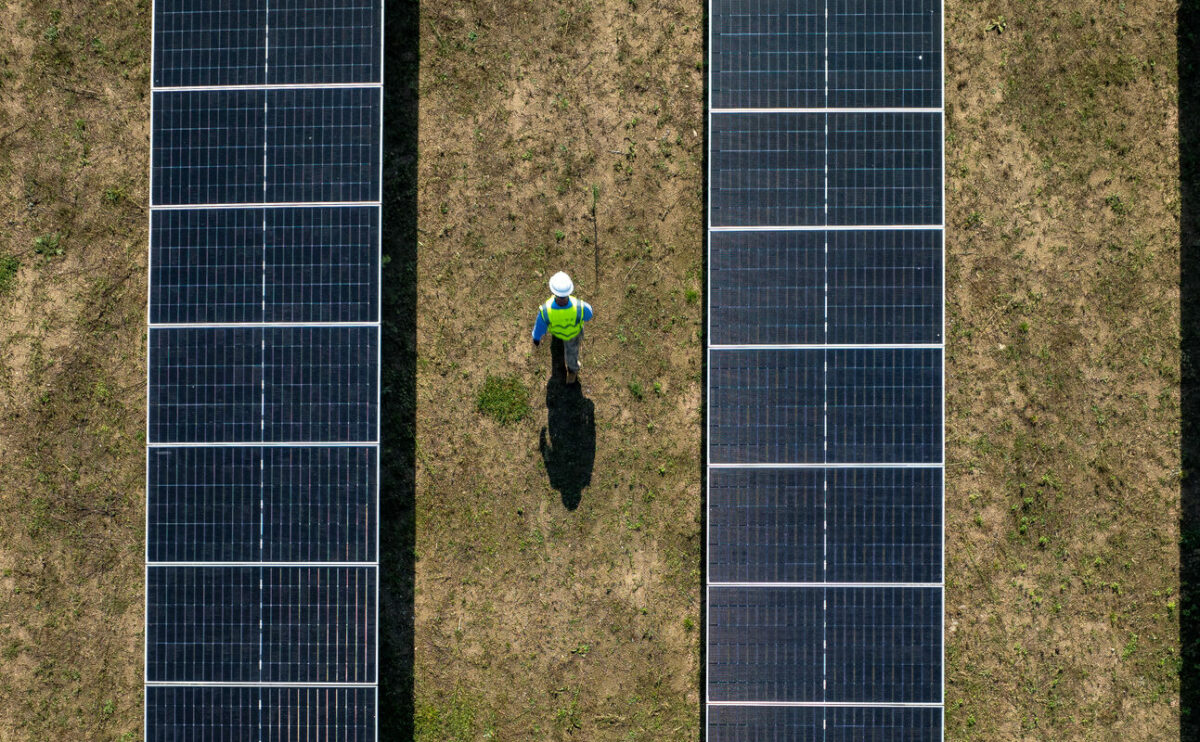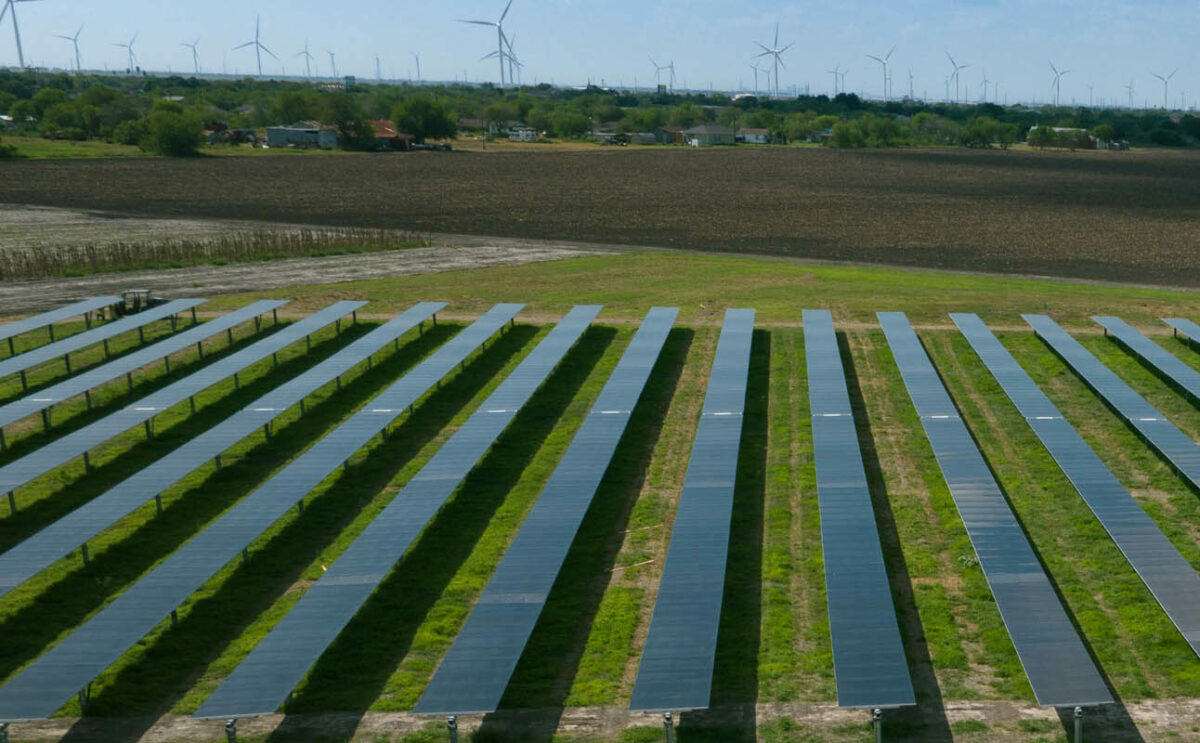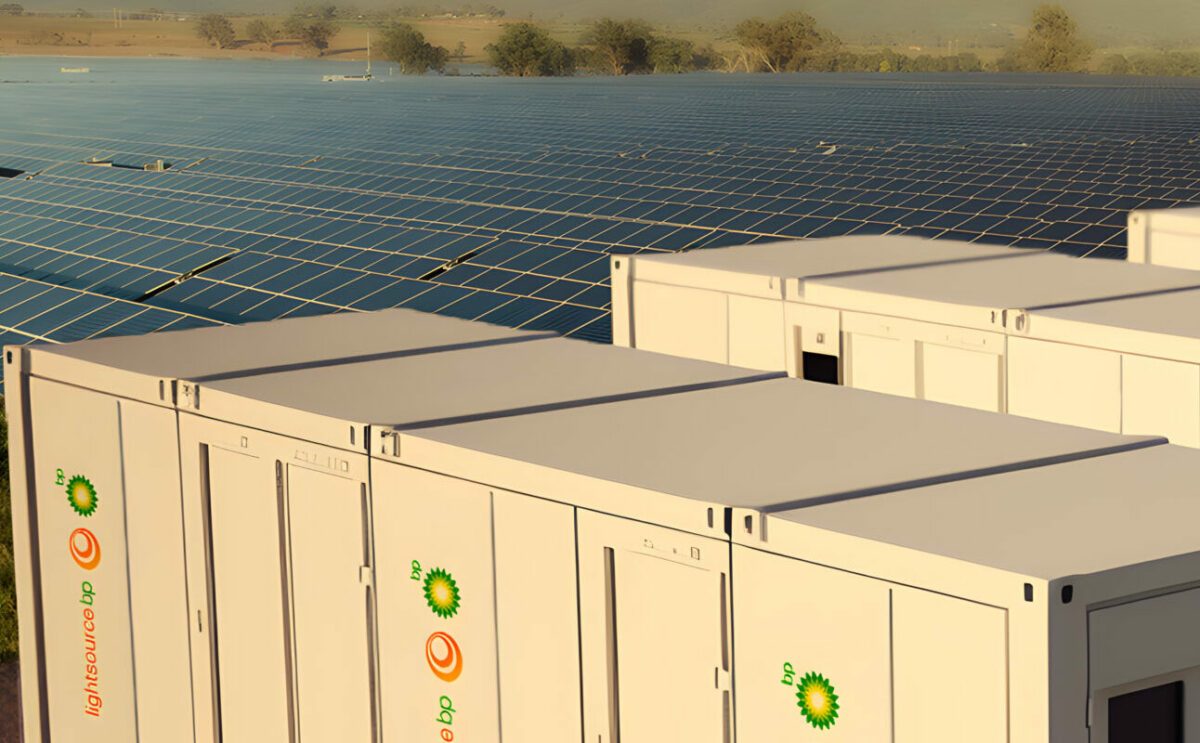UK Solar PV Industry Reaches 5GW Capacity
According to the latest weekly analysis by NPD Solarbuzz on UK PV market deployment, the UK’s cumulative capacity has now reached 5GW.
This makes the UK only the sixth country to have more than 5GW capacity. Germany remains the undisputed leader with more than 36GW. China, Japan, Italy and the US all have more than 10GW installed.
This blog discusses the implications of the UK reaching 5GW, and explains why few will be hoisting any bunting to celebrate what ought to be at least worthy of a group hug.
5GW — how did it happen?
During a talk in London last year, someone in the audience stood up and asked me: 3GW in the UK — how did that happen?
Let’s look at the crux of the five-bullet answer given at the time that went along the lines of:
- The coalition government inherited a Labour conceived feed-in tariff (FiT) scheme that was expected to be strong on green-propaganda messaging, but somewhat thin on deployment. The FiT rate turned out to be among the most lucrative offered to any PV industry.
- The timescale over which global PV pricing plummeted in 2012 was an order of magnitude quicker than the government could react with meaningful policy adjustments.
- Almost nothing happened in the solar PV industry before 2010 in the UK. The country was hungry for PV, dying to grab any bait on offer.
- No-one had imagined that ROCs would, or could, or should be used for solar.
- Lightsource Renewable Energy came into existence and enacted a business model that had not been seen before in the UK.
Transposing the 3GW ‘how’ question upwards to 5GW might be answered like this today:
- Lightsource continued to operate in a proficient and proactive manner regarding greenfield development, planning application success ratios, attrition rates, portfolio related build/subcontract/flip/hold/yield transactions, etc. Being the largest developer and owner of solar PV in the UK, moving from 3GW to 5GW is due in no small part to Lightsource.
- Finance vehicles have evolved quickly, with US and Asian money flooding into the UK to more than offset the Eurocentric worries that followed the May 2014 DECC draft.
- Many thought ROCs would be here for any solar farm until 31 March 2017. This bolstered staffing during 2013 with massive growth in Greenfield sites and village hall consultations.
- Nobody thought five years ago that a UK solar farm would be viewed with gilt-edged security in a world where investing in a 10MW solar farm in Norfolk would offer returns 2X that of the best ISA on the high street, or be seen as one of the safest assets within a diversified pension portfolio.
- Greg Barker spoke admirably of 20GW-by-2020 aspirations. DECC didn’t put caps on short-term, large-scale ROC deployment.
Lastly on the ‘how’ theme, it is worth spelling out for the records that data released from DECC each month has a time lag that arises mainly from the existing RO, ROO-FIT and NIROC accreditation processes. This is clearly highlighted by DECC every month. Government PV capacity figures will likely reflect the actual 5GW figure of today, in about six months.
Figure 1: The UK solar PV industry reached 5GW of installed capacity during the second week of August 2014. Sources: NPD Solarbuzz UK Deal Tracker and European PV Markets Quarterly reports.
5GW — where did it happen?
As someone who lives in the UK close to the 56th parallel north, you don’t need a colour-coded thermal map to tell you that it gets warm in St. Austell in July. So, at first glance, the fact that the South West is the leading region for solar capacity in the UK may not come as a surprise.
But, sunlight is only one of the reasons for PV success. A plethora of other factors complete the box-ticking.
Many counties in the south west of the UK operate under the auspices of local councils that are tasked with attracting inward investment and new job creation. Counties in the south west were among the first off the block to embrace the renewables revolution, and especially solar.
Grid-connectivity, town-hall leanings, council persuasion, land-availability, and the very-organised professionalism and efficacy of developers/installers to square the circle — they all add to the geographic segmentation of UK solar PV and what makes Cornwall, for example, a hot PV zone.
For these and many other reasons, the south west is the clear leader for solar megawatts installed in the UK today with just under one-third of the 5GW stack. See Figure 2 below.
In fact, if you were partial to spend four hours taking the train from Chester to Hull, three-quarters of the UK’s 5GW solar PV capacity is located on your right-hand-side. That said, it’s a major feat in itself that as much as one-quarter of 5GW lies to the north of the tracks.
Figure 2: Almost a half of the UK’s solar PV capacity is located in the two most southern regions. Sources: NPD Solarbuzz UK Deal Tracker and European PV Markets Quarterly reports.
5GW — why did it happen?
Aside from the answers that economists or environmental activists may wish to offer, the quick and easy answer to the ‘why’ question is incentives. Or more broadly speaking: incentivised vehicles subsidised from the Treasury within which solar technology was allowed to participate.
It is that simple. Without support from the Treasury, there would have been no solar PV industry in the UK. Furthermore, in a nod to the lobbying effectiveness of many UK solar PV advocates and the STA, interchanging incentives with lobbying in the above-cited premise is fully justified.
The ‘why’ question is best answered visually in the figure below that maps out the level of UK solar PV capacity deployed today against the range of funding mechanisms used by PV.
Figure 3: Despite the fanfare of large-scale solar farms, small-scale FiTs have been the backbone of UK solar. Sources: NPD Solarbuzz UK Deal Tracker and European PV Markets Quarterly reports.
There is also a direct correlation between the funding vehicles and the type of solar PV installations in the UK: how many third-party financed 3-4kW residential systems are installed, how many large-scale 20MW solar farms are deployed, how many large commercial rooftops have been built, etc. This is spelled out in the figure below.
Figure 4: One-third of the 5GW solar PV capacity in the UK is located on domestic rooftops. Another third comes from solar farms that occupy a footprint of 25-100 acres. Sources: NPD Solarbuzz UK Deal Tracker and European PV Markets Quarterly reports.
5GW — what does it mean?
The ‘what does it mean’ question is certainly the most pertinent today. It gets to the heart of the conundrum that exists within Whitehall and Westminster regarding the solar PV industry in the UK.
Embrace or Embattle? It is hard to see how this question could be more pertinent right now.
5GW should instil happiness and pride within UK solar proponents. But few will be sitting on a lion in Trafalgar Square displaying a placard saying ‘5GW of solar PV achieved in the UK’.
Saying the PV industry has been successful in getting to 5GW in four years is tantamount to saying the PV industry has managed to deploy its resources in double-time to provide renewable energy that could power 5.6% of all UK households.
So, what’s the problem? Can you imagine the tweets-per-second count rate if solar PV in the US was powering more than 5% of US households?
The accolade is a double-edged sword. Tactically, for example, it does not help in making the case for increased grace period leniency after 31 March 2015, or keeping the sub-5MW ROC option on the table to 31 March 2017. Any grandfathered PV commitment has a long-term Treasury impact on the Levy Control Framework budget.
But let’s return to the ‘what does it mean’ issue and close out the blog in five-bullet point mode.
- The 5GW of installed PV capacity can’t be erased. It is simply the combination of incentives available in the day, and the ability of an industry to be highly competent.
- The long-term impact of 5GW of solar PV in 2014 on the Treasury also can’t be erased. Sites are grandfathered and government-backed. Money has to come from somewhere.
- 5GW means the UK is the most important solar PV market in Europe this year, and at the start of next year. This helps in all types of inward-related investment and support.
- There is a massive amount of Chinese-supplied modules in the 5GW mix. Almost every one of these companies has a Beijing-backed downstream focus, with a credit line that allows immediate play in any hot PV markets outside of China.
- The 5GW capacity in the UK has allowed Lightsource to get to an economy of scale that creates the potential to heavily influence what happens in the forthcoming CfD auction.
All said and done, the UK has now become only the sixth country to have 5GW of solar PV capacity installed. If — or when — the UK reaches 10GW, the synopsis is likely to be no less colourful.
Related news
20 Nov, 2025
Energy in Focus – Building a culture of safety at Lightsource bp
In our first Energy in Focus episode, Will Manchas, Head of HSE for USA and EMEA shares how our Golden Rules help us protect ourselves and others.
22 Oct, 2025
Lightsource bp supports Apple’s renewable energy projects progress across Europe
Lightsource bp is proud to partner with Apple Inc. in support of its goal to achieve carbon neutrality across its entire footprint by the end of this decade.
21 Oct, 2025
Environmental safety in action: living our Golden Rules
At Lightsource bp, our Golden Rules are daily practices that protect our people and ensure business continuity, especially in the face of climate extremes.
17 Oct, 2025
USA: Lightsource bp and Pinnacle Financial Partners announce $97.9M tax equity deal for Peacock Solar
Lightsource bp and Pinnacle Financial Partners today announced the closing of a $97.9 million tax equity deal to finance the 187 MW Peacock Solar in San Patricio County, TX.
18 Sep, 2025
Australia: Lightsource bp advances its first solar and storage hybrid project
Lightsource bp has commenced delivery on one of the first large-scale DC-coupled solar-battery hybrid projects in Australia.
15 Aug, 2025
Resetting and recharging – what we did for Wellbeing Day
As part of our promotion of a healthy work-life balance, this year we once again rewarded our team members with an extra day of annual leave to focus on their wellbeing.
31 Jul, 2025
USA: Lightsource bp named the US’s top solar developer
Lightsource bp, a global leader in renewable energy development, has been named the United States’ #1 solar developer by Solar Power World.
14 Jul, 2025
Inspiring future energy leaders: ESCP students explore Manor Farm Eggington
Students from ESCP Business School’s London Campus were invited by Lightsource bp to an exclusive visit to the Manor Farm Eggington in Leighton Buzzard.
10 Jul, 2025
Lightsource bp championing sustainable agriculture at AgriVoltaics World Conference 2025
Lightsource bp was proud to be the Gold Sponsor at the AgriVoltaics World Conference 2025 in Freiburg, Germany.
26 Jun, 2025
Lightsource bp signs first PPA in Taiwan with Star Trade for pilot fishery solar project
Lightsource bp has signed a power purchase agreement (PPA) with Star Trade for its Budai solar project in Taiwan.











